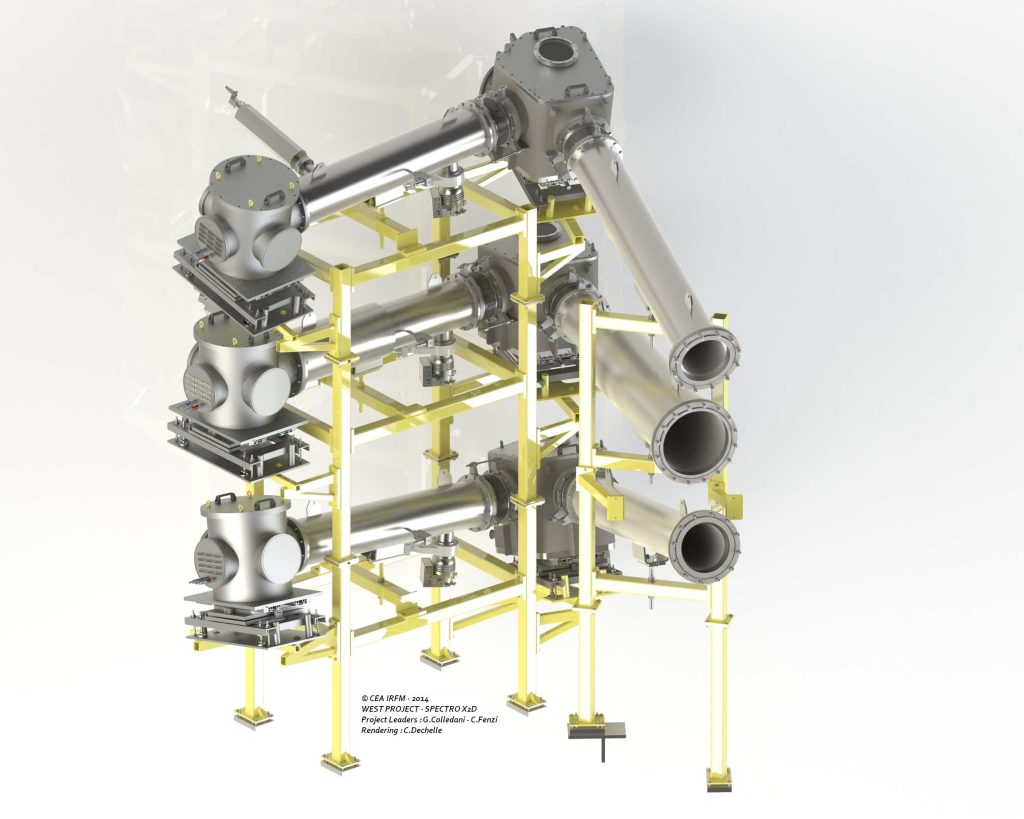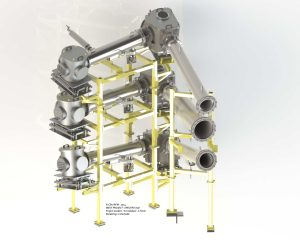This article published in Nature Physics 12, 14-17 (2016) by D. Mazon, C. Fenzi and R. Sabot, is related with the problem of sustaining and measuring temperature in fusion plasmas. This challenging task requires different heating systems and diagnostic tools. Information on the spatial distribution of temperature is one of the key elements for improving and controlling plasma performance.
In a tokamak, temperature has to reach 100 million °C to initiate fusion process.
To analyse heat and particle transport within the plasma, spatially and temporally resolved measurements of temperature profiles are needed to retrieve the plasma response to external heating. This article presents different plasma heating methods. And it also describeds in details the current measurement technics to monitor ion and electron temperature distribution:
For ion temperature : neutron spectroscopy, active and passive spectroscopy (charge-exchange recombination spectroscopy, high-resolution X-ray imaging crystal spectroscopy)
For electron temperature : langmuir probes, thomson scattering, Electron Cyclotron Emission and ECE imaging.
Temperature gradients play an important role in plasma turbulence leading to loss of confinement. Precise knowledge of such gradients is necessary for detailed comparisons with theoretical predictions from modern computer codes.

http://www.nature.com/nphys/journal/v12/n1/full/nphys3625.html


